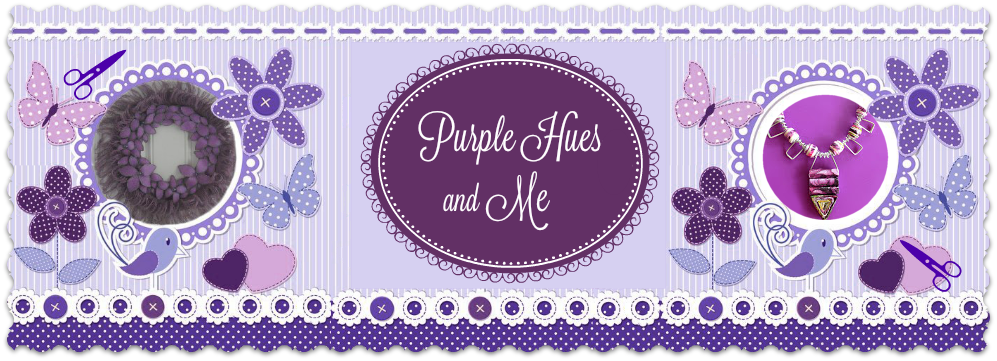It's so easy to make a much needed scoop out of discarded plastic jugs! And it's a quick and easy way to recycle and repurpose large plastic jugs. Especially the ones used to hold cleaning or other heavy duty supplies. They are super tough and sturdy and will hold just about any outdoor item you need to scoop up - like mulch or soil while gardening. How many times have you said to yourself you wished you had a scoop to spread that mulch when top dressing your garden or planting a new flower or bulb? I know I have! I hate having to lift all that extra weight of bags while I'm gardening. It's so much easier to SCOOP it out!
And I had the perfect jug to make a scoop! Just look at the picture below. Don't you see a scoop outlined in the jug, just waiting to be cut out? See, I told you it's easy!
And you only need a few things to get started:
Empty heavy duty jug with handle
Utility knife
Sharpie marker
Scissors
Sanding block or paper
Magic Eraser (optional)
Ruler (optional)
Start by removing the labels from a clean, empty jug.
Next, using a sharpie marker, draw dotted lines around the base of the top handle nearest the screw top . . . and then draw a continuous dotted line around the opposite handle side, angling down to the bottom and straight across (no lip) and back up again. Make sure the lines of the scoop are equal distant on the jug, as pictured.
*If you make a mistake in marking out the scoop, or your lines aren't straight, you can erase them using a magic eraser and start over with the help of a ruler.
Then, using a utility knife (a craft knife is not strong enough), carefully insert the tip into the plastic on the dotted line and cut slowly around the handle near the top opening, following the dotted lines.
Continue carefully cutting along the dotted lines and . . .
down the sides following the angled dotted lines . . .
until the scoop is cut out!
Use scissors to round off the corner edges . . .
and a sanding block or paper to smooth out any rough or sharp edges (not shown). The black lines from the marker can be removed with a magic eraser.
What a handy, dandy scoop!
Now the fun part begins out in the garden!
Spreading and top dressing mulch!
But, it doesn't just stop there. Use it whenever you need to SCOOP - compost, sand, soil, snow melt, dog poop, trash, etc.!
So save those plastic jugs, recycle, and have fun making all types of scoops!
Thanks for stopping by
and take a little time
to enjoy -
Happy Crafting!






















































































